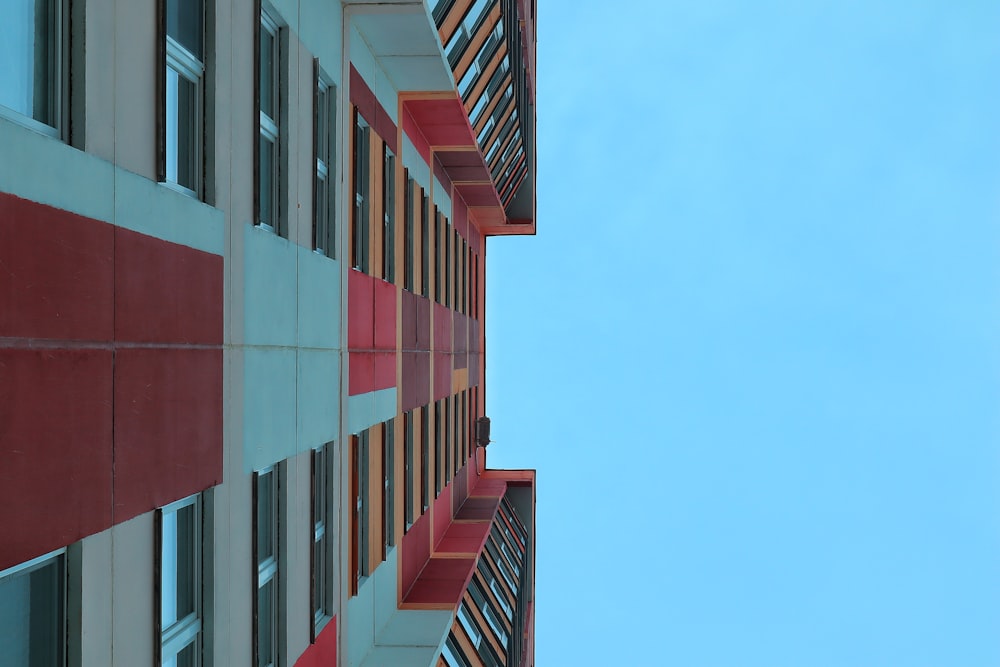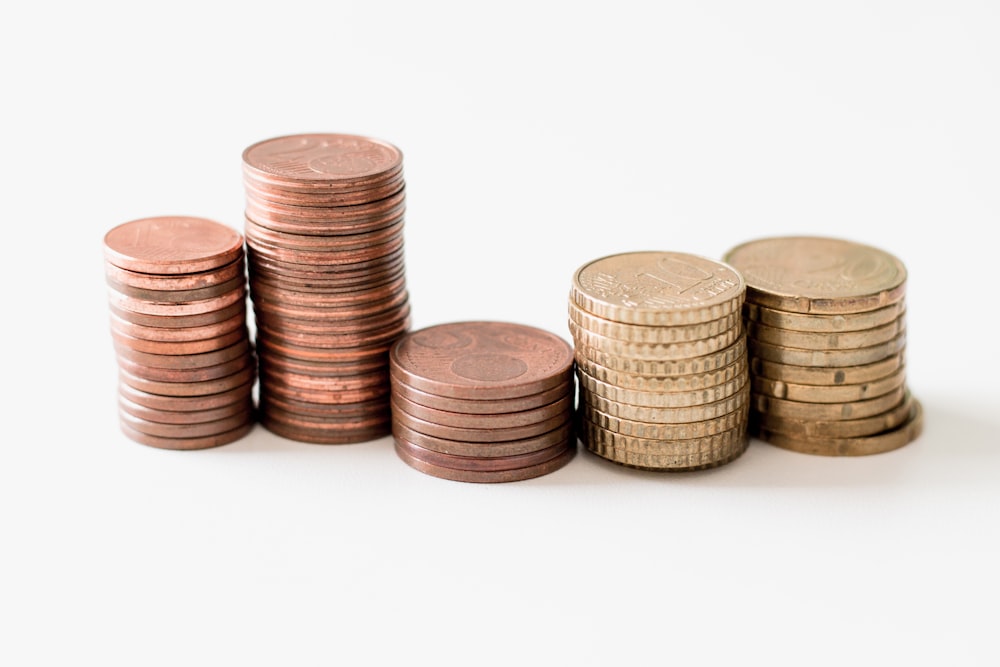Introduction
Welcome to a comprehensive exploration of property damage liability, an essential aspect of insurance coverage for homeowners, renters, and drivers. In this article, we’ll delve into the key insights you need to understand property damage liability, including what it covers, how it works, and why it’s crucial for protecting your financial interests and assets.
What is Property Damage Liability?
Property damage liability is a component of liability insurance that provides coverage for damage to someone else’s property caused by you or someone covered under your insurance policy. This coverage is typically included in homeowners insurance, renters insurance, and auto insurance policies.
Understanding Coverage Limits
Property damage liability coverage comes with predefined limits, which represent the maximum amount your insurance company will pay for property damage claims. These limits are set when you purchase your insurance policy and are typically listed as a specific dollar amount per occurrence.
Coverage Scenarios
Property damage liability coverage applies in various scenarios, including:
- Homeowners or renters accidentally damaging someone else’s property, such as breaking a neighbor’s window or damaging a landlord’s property.
- Drivers causing damage to another person’s vehicle or property in a car accident for which they are at fault.
- Incidents where a person’s pet causes damage to another person’s property, such as a dog damaging a neighbor’s fence or landscaping.
Coverage Exclusions
While property damage liability provides broad coverage, it may exclude certain scenarios, such as intentional acts or damage caused by certain types of vehicles, like recreational vehicles or boats. It’s essential to review your insurance policy carefully to understand any exclusions that may apply to your coverage.
Importance of Property Damage Liability
Property damage liability is essential for protecting your financial interests and assets in situations where you accidentally cause damage to someone else’s property. Without this coverage, you could be held personally responsible for paying for the damages out of pocket, which could result in significant financial hardship.
Factors Affecting Coverage Limits
Several factors can influence the amount of property damage liability coverage you need, including:
- The value of your assets: If you have significant assets to protect, you may want to consider higher coverage limits to ensure adequate protection.
- State minimum requirements: Some states have minimum property damage liability coverage requirements for auto insurance, which you must meet to comply with state laws.
- Your risk profile: Factors such as your driving record, claims history, and lifestyle can affect your risk of causing property damage, which may influence the amount of coverage you need.
Additional Liability Coverage Options
In addition to property damage liability, you may also have the option to purchase additional liability coverage, such as:
- Personal liability umbrella insurance: This coverage provides additional liability protection beyond the limits of your primary insurance policies, such as homeowners or auto insurance.
- Liability coverage for specific risks: Depending on your needs, you may be able to purchase liability coverage for specific risks, such as rental property liability or pet liability insurance.
Conclusion
Property damage liability is a critical component of insurance coverage, providing essential protection for your financial interests and assets in situations where you accidentally cause damage to someone else’s property. By understanding how property damage liability works and ensuring you have adequate coverage limits in place, you can have peace of mind knowing that you’re protected against unexpected events that could lead to financial hardship. Read more about property damage liability




